On Children’s Day, a throwback to Baby’s Day Out and its timeless allure
Baby’s Day Out had all the elements of a blockbuster comedy. Charting the film’s cult status and its relevance in modern times.
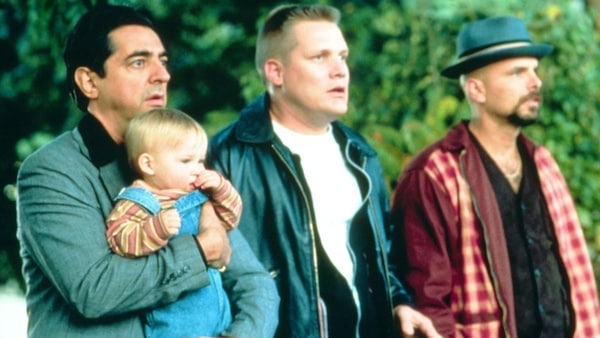
Last Updated: 01.32 PM, Nov 14, 2021
Baby’s Day Out is a 1994 film which literally is its title. The film follows Baby Bink in a sort of adventure comedy when a botched kidnapping attempt turns into an adventurous day out for the Baby.
Baby Bink, the infant son of wealthy socialites, Larraine and Bennington Austin Cotwell III, becomes the target for three petty criminals. Edgar ‘Eddie’ Mauser, Norbert ‘Norby' LeBlaw and Victor ‘Veeko' Riley disguise themselves as professional baby photographers and hatch a plan to kidnap the baby. On the day of the fated photoshoot, Eddie talks the mother and the nanny out of the room, giving his accomplices ample opportunity to snatch the baby and run.
Now if this was a realistic rendition of a crime, the film would have taken a very sinister turn.
The three kidnappers bring the baby to their apartment and try to put him to sleep. One of them starts reading from his favourite storybook but ends up falling asleep himself, leaving the baby unattended!
Hence the audience is reminded time and again that it is a comedy that they are watching. The entire film is basically chock full of sequences that are supposed to be hilarious The opening sequence of the film shows us the famous book with its eponymous title, following the pages of the picture book. The film itself is almost like a live-action version of this picture book. The baby supposedly sees the similarities between the elements in the real world and his favourite Boo-Boo (book) and ends up following them around, resulting in his proverbial ‘day out.’
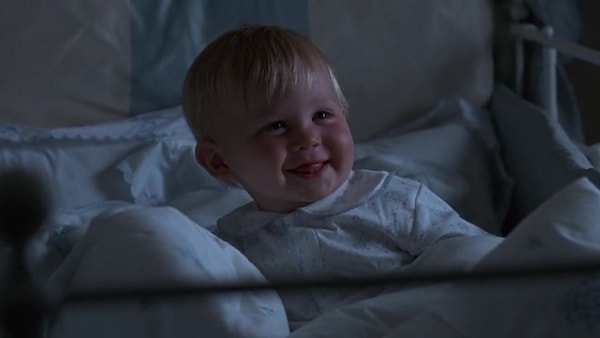
When he is left unattended by Norby, Baby Bink spots a bird on the window which reminds him of the bird in his book. He follows it out and successfully escapes from his kidnappers. Here, begins the chaos that underlines the entire film.
Interestingly, when the movie was released in 1994, it was considered to be a cultural and commercial failure. The film had a budget of $48 million but it could gross only $30 million.
Even today, if one checks the film’s Rotten Tomatoes rating, it got only 20 percent. Lots of movies are made with a bigger budget as compared to their commercial returns, but what makes Baby’s Day Out interesting is not its commercial failure but the fact that it remains a cult film despite that failure.
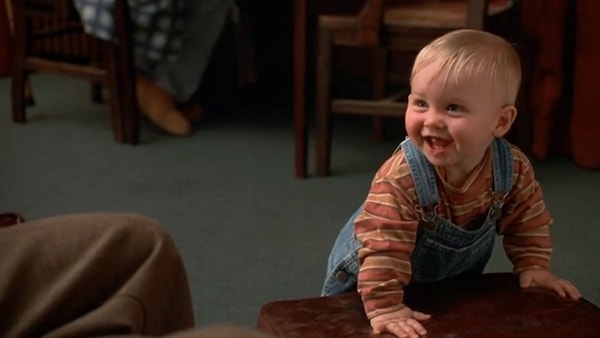
To be very honest, in today’s time, there might only be a handful of people who have never seen the film. In fact, most people who have seen it, have done so multiple times. Neither is the movie the best written or made one nor does it have a type of comic timing that is timeless. Why then do people migrate towards it? Where exactly does the appeal lie?
Baby Bink is the quintessential cute baby that most audiences would probably involuntarily coo after. The director must have taken a lot of pains to fully capture the rosy cheeks and the halftoothy grin. To be perfectly honest, it paid off.
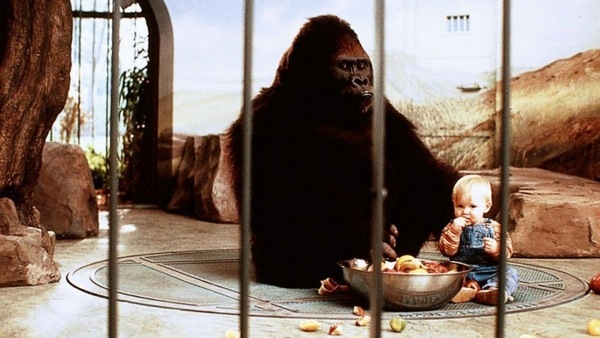
Jinal Bhatt writes in an article about the film, “Every family has that one movie that they can always sit together and watch as many times are possible.” Perhaps this is a common thing in many global families. Childhood Hollywood films invariably consisted of the Home Alone titles and Baby’s Day Out among others. These movies were something that the entire family would watch together as they were most definitely deemed kid-friendly. American critic Robert Ebert once said that, “Once when I was visiting the largest movie theatre in Calcutta, I asked if Star Wars had been their most successful American film. No, I was told, it was Baby's Day Out.”
The film follows the pattern of cartoons in the sense that it uses a lot of physical humour. In
popular cartoons like Tom & Jerry or The Road Runner Show, the majority of the comic sequences would involve, at least one of the characters getting physically pummeled. They would fall off buildings, fall off cliffs, get run over by cars, get literally flattened or worse. Somehow those were the moments that brought on the maximum and the loudest laughter. The reason is that we all knew that this was just a cartoon, no one was actually getting hurt. Physical pain in the film never meant suffering or actual pain, rather it stood for something funny.
Baby’s Day Out seems to be working on the same logic. Almost all the comic sequences involve the Three Stooges-like criminals landing themselves in situations of extreme physical discomfort.
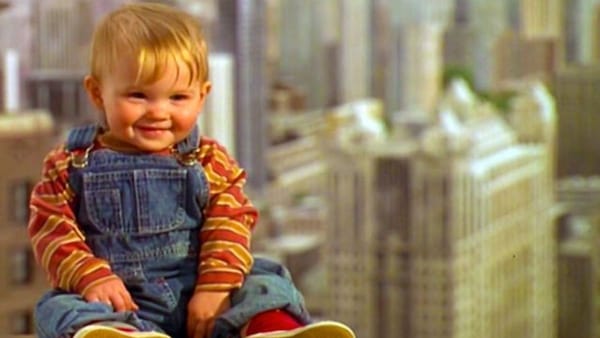
When the baby first escapes from the apartment, Eddie falls off the building and gets stuck in a garbage vat, while trying to follow him. Or in the sequence set in the under-construction area, all three of them escape potential fatal accidents.
Just think of one of the most popular sequences. After the whole rigmarole at the zoo, the kidnappers finally manage to apprehend their little prey. Just at that moment, they are approached by two chatty police officers in the middle of the park. In order to hide the baby, Eddie puts him on his lap and covers him with his coat. Baby Bink somehow gets his hands on a lighter and flips it open accidentally. What follows is Eddie desperately fighting to maintain a straight face as the police officers chat on, while his crotch is quite literally on fire!
This scene is not actually funny at all. Maybe in a cartoon, but in live-action, a grown man stomping on another’s crotch that is on fire is quite cringe-worthy. Similarly, in a cartoon, a baby crawling (safely) through the streets of Chicago might be considered humorous. It somehow misses to hit the same spot with a real baby, crawling around on busy streets with teeming cars.
Moreover, how are none of the adults concerned about a lone baby crawling around and how on earth is that baby that lucky! But then again, these are not the questions one should ask about Baby’s Day Out. It is not to be rationalised, or it would fall apart.
Perhaps that is the trick. Nothing in this film is rational as we know it; it does not call for a sensible comedy rather it presents a cartoon merely disguised as live-action.
Such a suspension of disbelief lets one laugh. The film uses that. Furthermore, it uses the factor of nostalgia it inculcates to live on. The film itself is like nostalgia for just like it, the film is not something one consciously seeks out but once felt, one will definitely indulge it.
